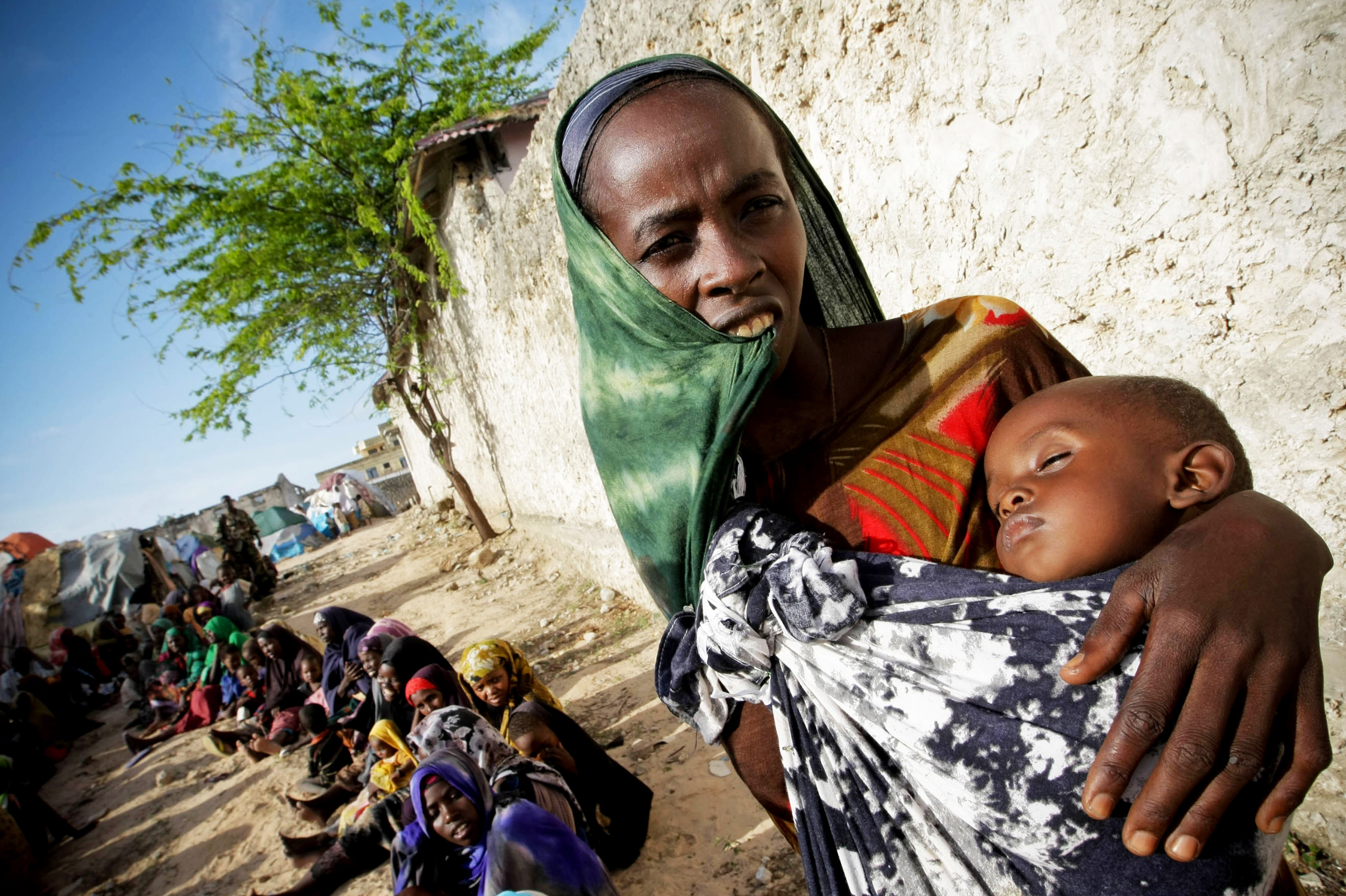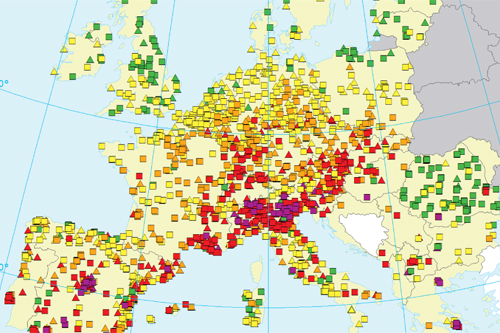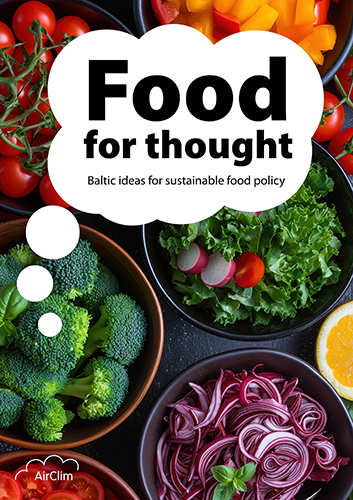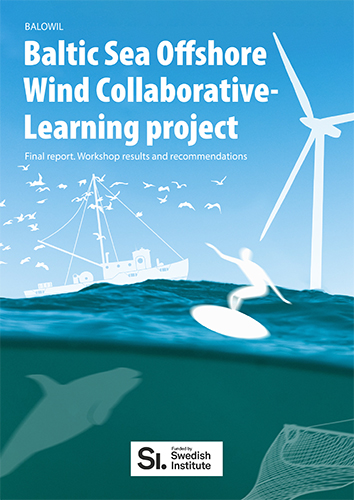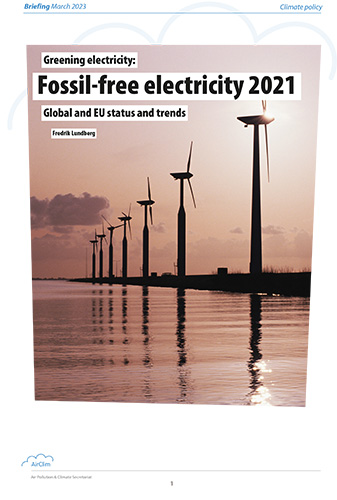
Rise in agricultural emissions
 Cattle produce nearly three quarters of methane emissions. Photo: Cimor/ Flickr.com/cc by-nc
Cattle produce nearly three quarters of methane emissions. Photo: Cimor/ Flickr.com/cc by-nc
Aggregated greenhouse gas emissions from agriculture increased by 14 per cent between 2001 and 2011, according to new data from the FAO.
Compared to emissions from fossil fuels, global statistics for emissions from agriculture and forestry and other land use (AFOLU) have been poorly known and incomplete. While helping the Intergovernmental Panel on Climate Change (IPCC) with data for its fifth assessment report, The Food and Agriculture Organization of the United Nations (FAO) has for the first time created an emissions database for the sector. The database covers greenhouse gas emissions data from 1961 to 2011 for nearly 200 countries, as well as projections for 2030 and 2050 for 140 of the countries.
In total over the period 2001–2010 the AFOLU sector was responsible for 10–12 GtCO2eq a year, which is about a quarter of global anthropogenic greenhouse gas emissions. The largest proportion is agricultural emissions (5 GtCO2eq/year) followed by net forest conversion (almost 4 GtCO2eq/year) and peat degradation (1 GtCO2eq/year). This was partly offset by growing forest that also works as a sink and removed almost 2 GtCO2eq a year.
Annual emissions from agriculture have increased by 14 per cent in the past decade, from 4.68 Gt in 2001 to 5.34 Gt in 2011. However, fossil fuel emissions have risen even more over the same period, so agriculture’s share of total greenhouse gas emissions has actually decreased.
Almost all of the growth took place in non-Annex I countries, where emissions increased by 21 per cent. The increase was largest in central, eastern and southeastern Asia, and Africa. This reflects increased numbers of livestock and use of mineral fertilisers in these regions. In Europe, emissions fell by 8 per cent, which was caused by opposite trends. Livestock numbers dropped and the level of fertiliser use is a bit lower than a decade ago. In North America, emissions increased by 3 per cent. Reduced emissions from livestock were offset by emissions from the increased use of fertilisers.
In the case of global agricultural emissions, methane from enteric fermentation is the largest source, representing 40 per cent. Cattle caused nearly three-quarters of these emissions (non-dairy 55%, dairy 18%), followed by buffaloes (11%), sheep (7%) and goats (5%).
The second largest source of emissions from the agricultural sector is methane and nitrous oxide from manure left on pastures (15%). Cattle again are responsible for the greater part (62%), followed by sheep and goats (both 12%).
Nitrous oxide emissions from syntethic fertilisers applied to soils come third, with 13 per cent of total agricultural emissions. Similar emissions from manure applied to soils contribute another 3 per cent.
Rice cultivation, which produces methane in the anaerobic conditions caused by the decomposition of organic material in the paddy fields, represents 10 per cent of the emissions.
Manure managament, burning of savanna, cultivation of organic soils and crop residues were other sources of agricultural greenhouse gas emissions.
Deforestation is the other important contributer to emissions in the AFOLU sector. In the period 2001 to 2011, emissions from net deforestation decreased by 3 per cent, a decrease that took place in both Annex I and non-Annex I countries. To further reduce deforestation, improved forest management and increased afforestation would be the cheapest way to reduce emissions from the AFOLU sector, according to the IPCC fifth assesment report.
For agriculture, effective mitigation options pointed out are cropland management, grazing land management, and restoration of organic soils. This would result in improved carbon storage in soils and vegetation. The IPCC also mentions the potential of demand-side measures, such as changes in diet and reductions of losses in the food supply chain.
The FAO has also quantified emissions from energy use in the agricultural sector. In 2010 these emissions were 0.79 Mt CO2 eq, which was an increase of 20 per cent since 2000. Nearly half originated from combustion of diesel and more than a third from production of electricity used within the sector. Energy for irrigation is estimated to have increased by 40 per cent over the period 2000–2010, accounting for about a quarter of the total emissions in 2010.
Kajsa Lindqvist
The database can be accessed at: http://faostat3.fao.org
FAO has done an analysis of some of the data in “Agriculture, forestry and other land use emissions by sources and removals by sinks” (March 2014).
The IPCC Working Group III contribution to the fifth assessment report “Climate Change 2014: Mitigation of Climate Change”.

 Download this issue
Download this issue



